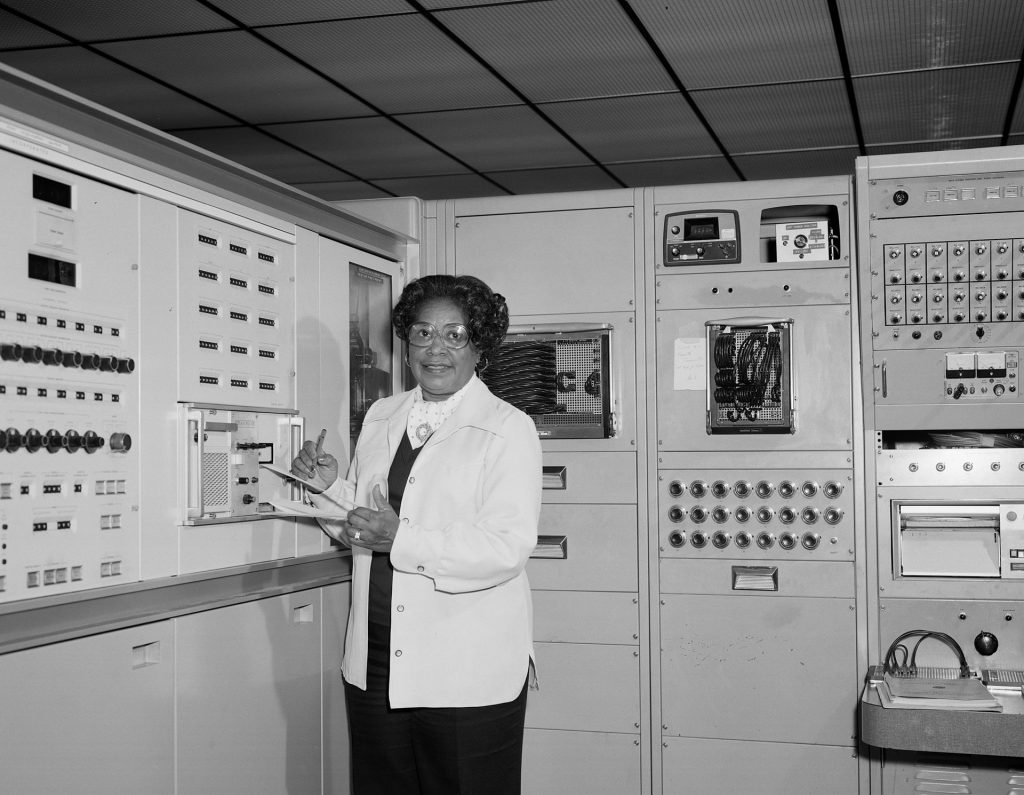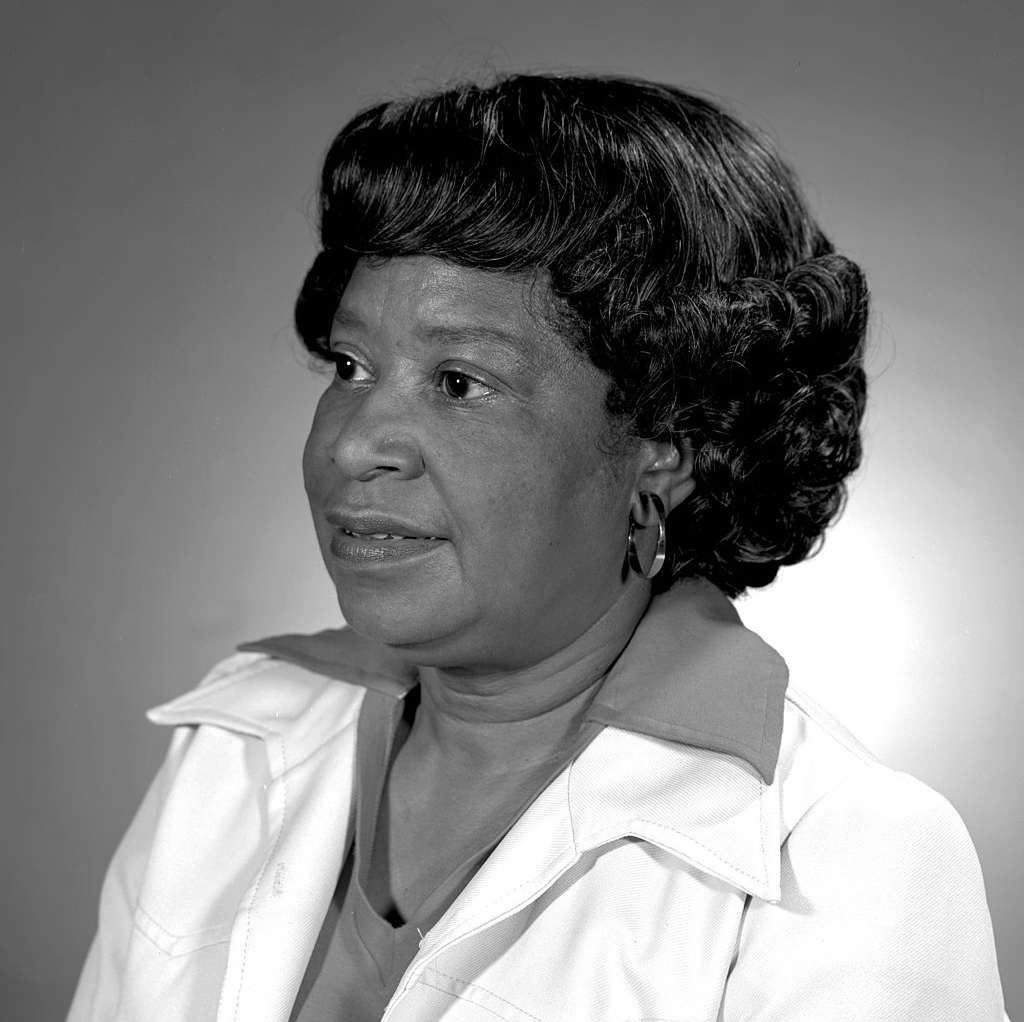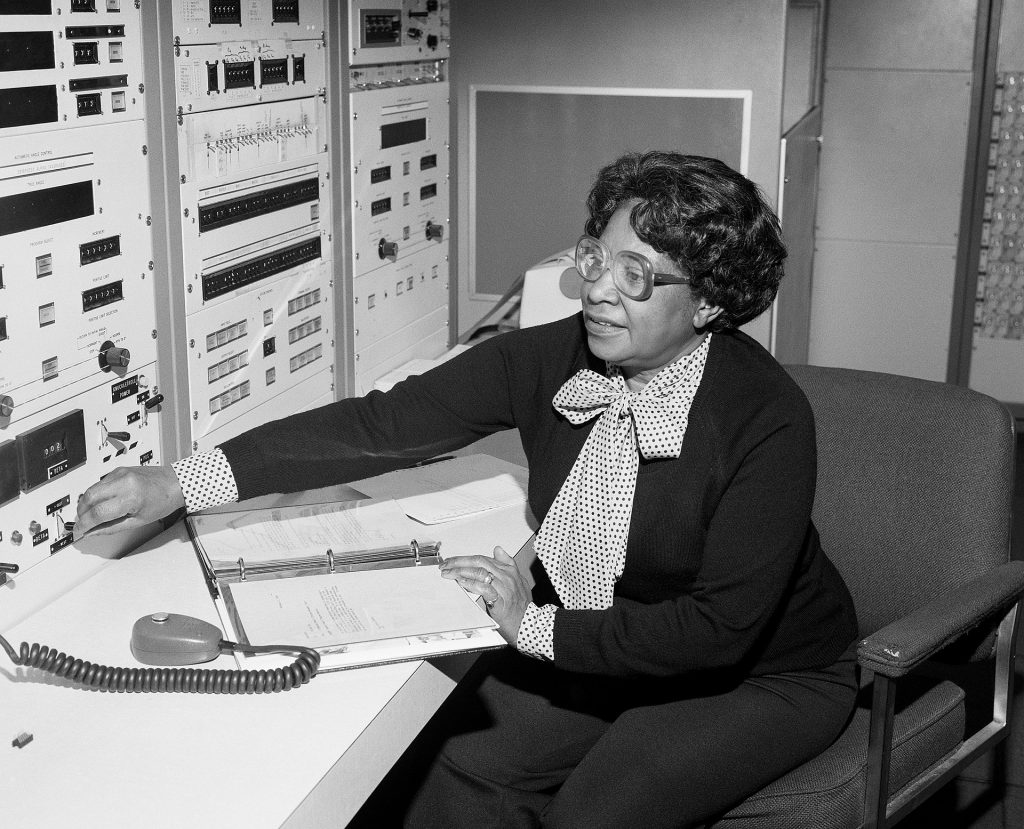TBT: Super Awesome People™ in History.
Like many people around the world, I first learned about the brilliant NASA engineer Mary Jackson in 2017 when I watched Hidden Figures, a feature film based on the book by Margot Lee Shetterly. In the film, the real-life Mary Winston Jackson is portrayed by Janelle Monáe, with Octavia Spencer and Taraji P. Henson portraying Jackson’s trailblazing colleagues, mathematicians Dorothy Vaughan and Katherine G. Johnson.
Mary Jackson in 1977, 1979, and 1980 (photos by NASA)
Mary W. Jackson was born on April 9, 1921, and she began working at NACA (National Advisory Committee for Aeronautics, NASA’s predecessor) in 1951 at the Langley Memorial Aeronautical Laboratory in Langley, Virginia. Due to a shortage of male mathematicians during World War II, NASA began hiring women mathematicians in earnest to work as “human computers” who did mathematical calculations by hand before the invention of electronic computers. The African-American women who were hired were segregated into the West Area Computers section under Virginia’s Jim Crow laws, until NACA began integrating in the 1950s. Dorothy Vaughan became NACA’s first black supervisor when she was promoted to lead the West Area Computers in 1949.
Jackson joined the West Area Computers under Vaughan’s supervision in 1951 and worked as a human computer for two years. In 1953 she began working for engineer Kazimierz Czarnecki in the 4-foot by 4-foot Supersonic Pressure Tunnel, a “60,000 horsepower wind tunnel capable of blasting models with winds approaching twice the speed of sound.” In order to be promoted from mathematician to engineer, Jackson had to get special permission to take graduate level math and physics classes alongside white students at the then-segregated Hampton High School.
In 1958, Mary Jackson became NASA’s first black female engineer, and one of only a few female aeronautical engineers. Over the next two decades she authored or co-authored a dozen research reports, with many focused on the behavior of the boundary layer of air around airplanes. In 1979, Jackson left her engineering position to become Langley’s Federal Women’s Program Manager in order to influence the hiring and promotion of future NASA female mathematicians, engineers and scientists. She retired from NASA in 1985 and passed away 20 years later in February 2005.
Jackson was posthumously awarded the Congressional Gold Medal in 2019, along with many other hidden figures, “In recognition of all the women who served as computers, mathematicians, and engineers at the National Advisory Committee for Aeronautics and the National Aeronautics and Space Administration (NASA) between the 1930s and the 1970s.”
And on June 24, 2020, NASA Administrator Jim Bridenstine announced that NASA’s headquarters in Washington, D.C., will be named after Mary W. Jackson, in recognition that “she helped break barriers and open opportunities for African Americans and women in the field of engineering and technology.”
Read More About NASA Engineer Mary Jackson and Other Trailblazing NASA Mathematicians:
- Mary Jackson Biography (NASA.gov)
- HiddenFigures.com
- When the Computer Wore a Skirt: Langley’s Computers, 1935–1970 (NASA.gov)
- Human Computers: The Women of NASA (History.com)
- Hidden Figures (MargotLeeShetterly.com)
- Hidden Figures and Human Computers (Smithsonian National Air and Space Museum)


